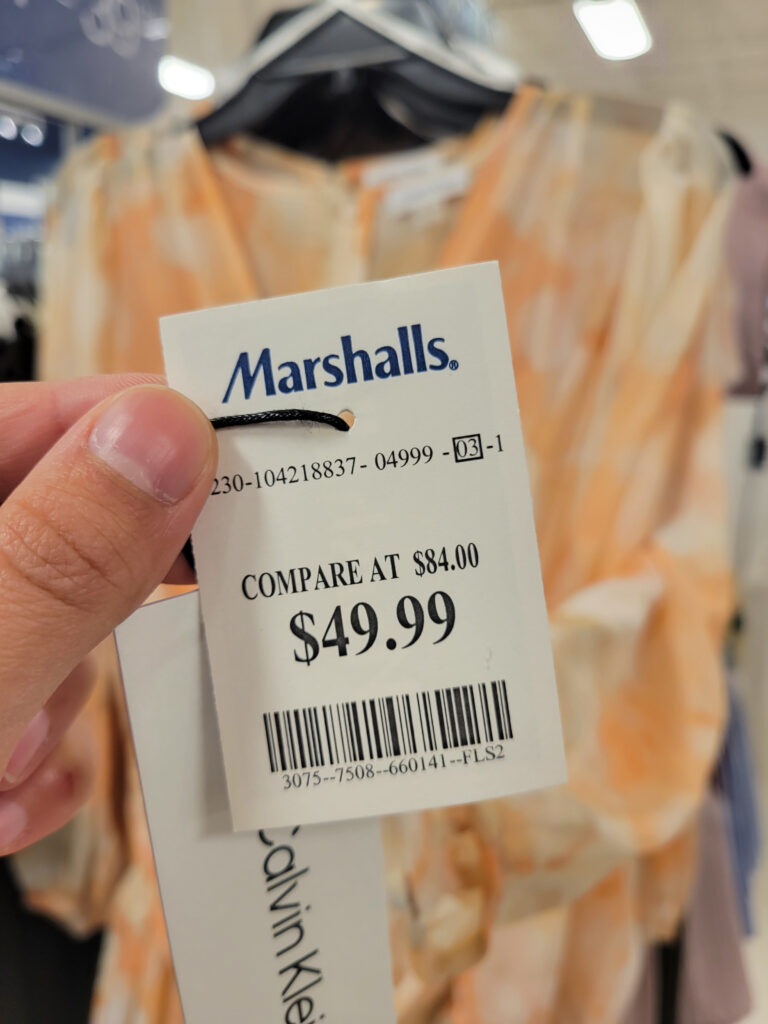
Fast fashion is the process of creating high-end fashion designs as cheap and quickly as possible in order to reach a whole new audience. It is problematic in today’s fashion world because of how abundant and wasteful the industry is, increasing pollution and carbon emissions.
Before the 1980s, clothing came from a very elevated and expensive place. Women went to supercenters like Walmart to purchase their basics because the prices were so low. Walmart kept lowering their price margins to adhere to their customers and because manufacturers had to cut down on production time and costs.
“That’s when we switched from having labor that was here in the United States to inexpensive, unregulated, nonunion labor in places where it [cost] pennies to manufacture…” Lori Faulkner, Kendall College of Art and Design’s fashion studies chair, said.
Fast fashion has gained popularity over the past few years, and social media has had a great influence on the trend. Consumers love how inexpensive these items are.
“With our social media, people want new content every day,” Faulkner said. “So, why shouldn’t the fashion industry? The fashion industry has always been on the forefront of creating new content, getting you in the store the next month with something new. We used to have something come in at the beginning of August, and it would stay till November. With wanting new content, we want new fashion.”
Producing new fashion trends so frequently calls for constant consumption of new materials. A fast fashion trend goes out of style as quickly as it was produced, which teaches people that clothing is disposable. This has an incredibly damaging effect on our planet.
A recycling company called Roadrunner reports that the annual amount of clothing waste has doubled in the last 20 years, from seven million to 14 million tons.
“We just don’t have the space in the landfills anymore,” Faulkner said. “Sometimes [clothes are] incinerated, put on barges and [they] just sit in the middle of the water because nobody wants it or can accept it…”
Fatou Thiam, president of the Ferris fashion alliance, has had to analyze her clothing consumption in the name of sustainability.
As a college student, Thiam knows how difficult it can be to purchase high-quality sustainable clothing. She has found other ways to reduce her impact on the planet, such as continuing to wear older clothing, donating instead of throwing items away and even wearing homemade dresses from her father.
Additionally, there are plenty of ways to be sustainable on a budget. Instead of buying a ton of poor quality, cheaply made and cheaply priced shirts, it is better to have a few more expensive ones of higher quality.
Faulkner recommends that students ask themselves what items in their closets are truly important to them.
“What do you want [your clothing] to be made out of?” Faulkner said. “How do you want it to look? How do you want it to represent you? Do you want seams that are falling apart, buttons that are falling off, buttonholes that are improperly made, zippers that break? Or do you want lasting pieces?”
Thiam, like plenty of other college students, has had bad experiences with the fast-fashion brand Shein. The low-quality products become unwearable soon after being delivered.
“I bought two jeans from Shein. I put them on, lifted the belt [loop] to try to pull them up and they [both] ripped right there,” Thiam said.
Resisting fast fashion trends not only benefits the environment, but it also helps consumers maintain their own personal styles. The alternatives to fast fashion are endless. Some options are investing in your clothing, spending a little more money on some items so that they will last longer and thrifting, which gives clothing more than one life.
“Style comes from all of those things together. You want to make sure that your clothing reflects a personal style, not the trend on the magazine page,” Faulkner said.
By imagining what we want the Earth to look like, and paying more attention to how our clothing is produced than what the price tag says, Faulkner believes that the average person can make a positive impact. Being more critical about clothing consumption is a step in the right direction towards climate justice.
